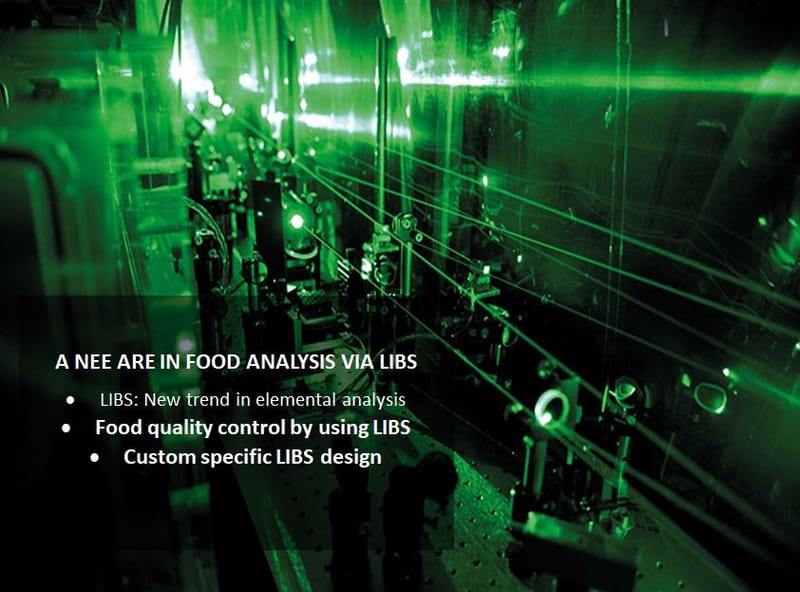L-SENS LIBS

- Elemental profiling of solid, liquid and gas samples without/minimum sample preparation
- Material identification within seconds
- Surface or depth profiling and thin-sample analysis without substrate interference
- High sensitivity in light element detection such as aluminum (Al), magnesium (Mg), and beryllium (Be)
- Applicable with medical, forensic, food, archeology, pharmaceutical, oil/gas exploration areas and authentication due to the extended multi-elemental range
- Remote and non-destructive analysis features
What is Laser Induced Breakdown Spectroscopy ?
The laser-induced plasma spectroscopy (LIBS) is an optical emission spectroscopy for multi-elemental analysis in a material. LIBS used in Cruiosity Mars Rover, which NASA sent to detect elements on the surface of Mars in 2013, has entered the fields of geology, medical, defense industry with the development of technology. In the method, the laser beam emerging from a high-energy laser source is focused on the sample surface by various optics.
The high-energy laser beam creates sparks where it focusses and causes evaporation of small particles in the sample and decomposition of sample into neutrals, ions and atoms. Then plasma formation occurs. The plasma formed on the surface is transmitted to the spectrometer through a collecting lens. The atomic lines in the spectrum are correlated with the elements, and the intensity of the atomic lines are correlated with the elemental concentration. After approximately 0.1 microseconds of plasma formation, ionic emission can be detected first, followed by atomic emission. By analysing the spectra obtained by LIBS, the elemental composition of sample can be determined rapidly.
Advantages of LIBS Method
- Minimum/no sample preparation step
- Minimum sample consumption, no damage on sample
- Depth profile
- Rapid and real time analysis
- Stand off analysis
- Convenience for portable systems
Nanosens Inc. combines its experience in spectroscopy with LIBS technology to provide customer-focused solutions. For the purpose of use, it is aimed to make specific designs to be analyzed with the development of specific software and to produce designs that can be obtained as a result of analysis with a single button. Our studies are continuing on ash, protein and elemental concentration analyser prototype.
- Ash analysis with LIBS: Ash is an indicator for total elemental content of samples. It is an important quality control parameter for especially flours and shows separation degree between bran and kernel. Ash analysis can be done by LIBS instead of the combustion method which causes energy consumption at 500-600°C hours in burning furnaces. LIBS method can be used not only in flour samples, but also in wheat fractions such as semolina, crumbs and all samples in powdered form.
- Protein analysis with LIBS: As an alternative to reference protein analysis methods such as Kjeldahl and Dumas methods, protein analysis can be done in seconds using LIBS via total nitrogen content. It can be applied to all powder and dry samples such as flour, semolina, whole meal.
- Elemental composition with LIBS: With the LIBS system, all elemental composition in the sample can be determined in seconds. Instead of systems where elements are individually identified such as atomic absorption and ICP-MS, all elemental concentration can be determined with LIBS as real-time.


